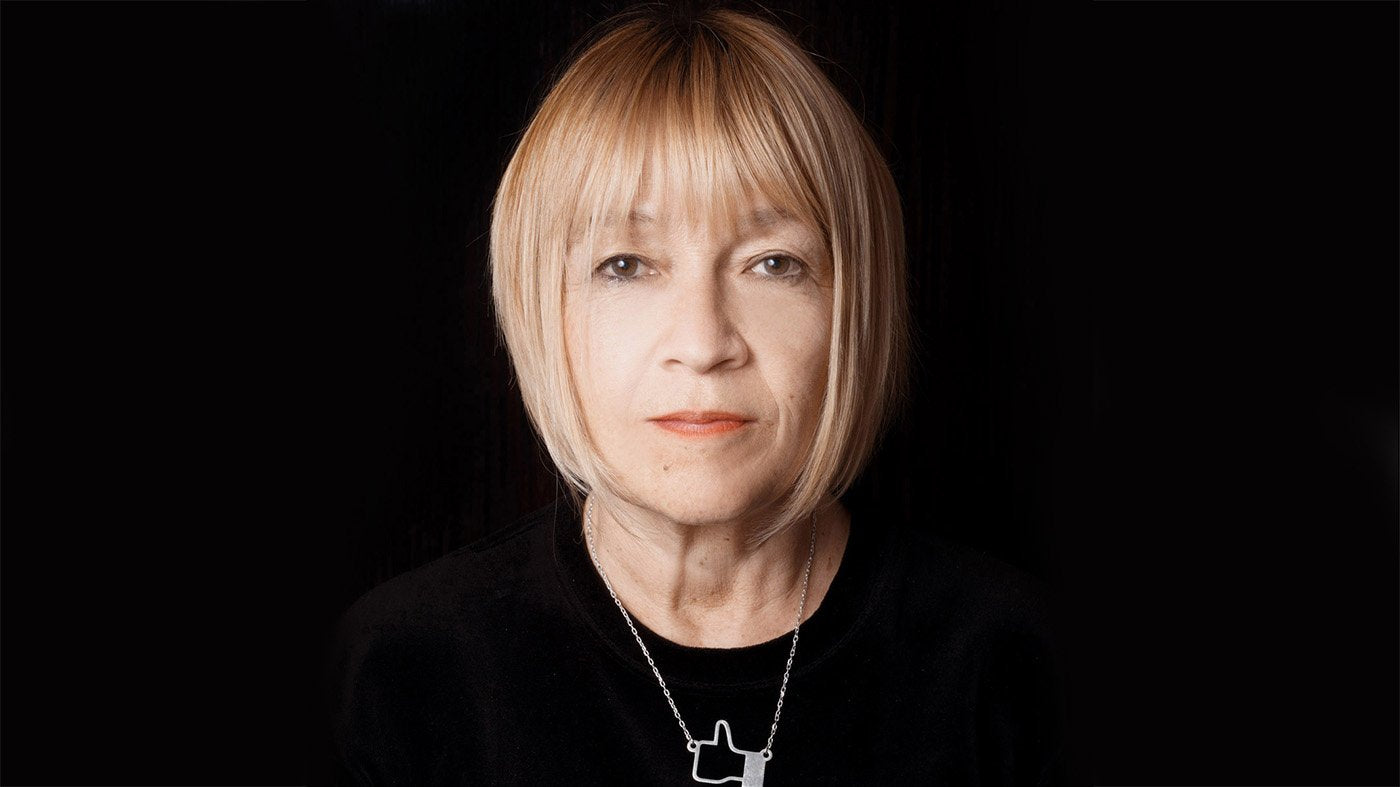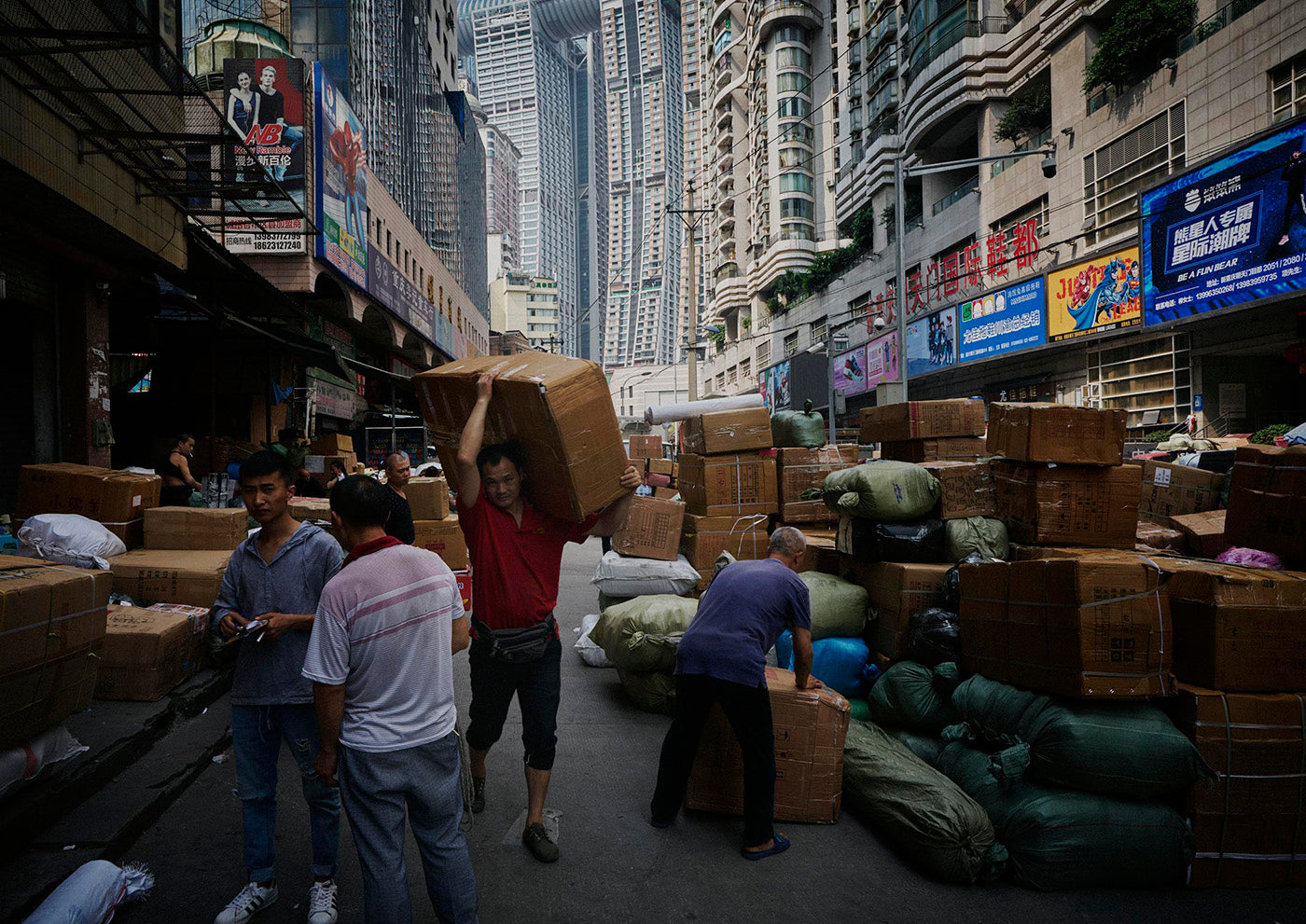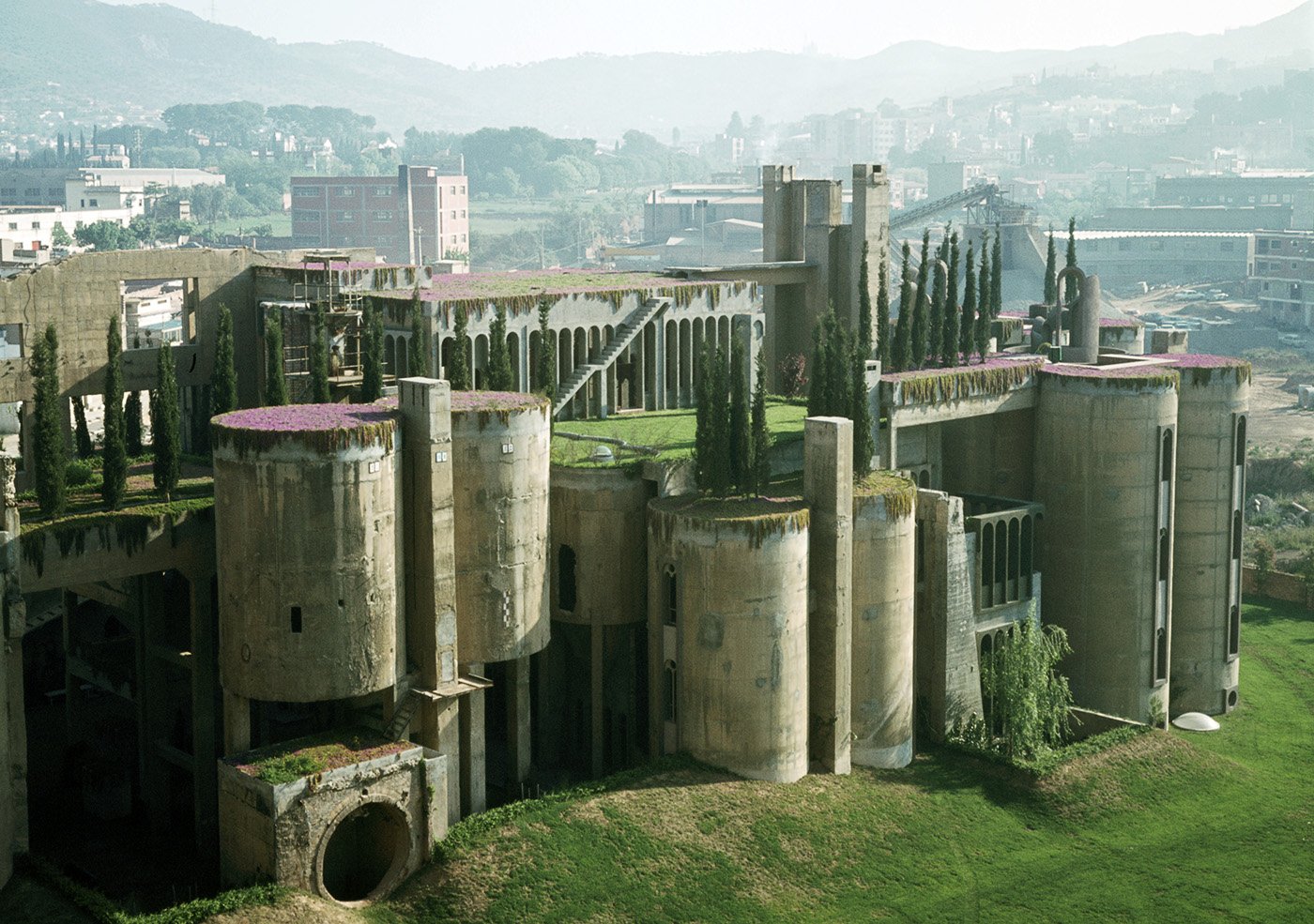
Inside Ricardo Bofill’s Muse and Fortress Cement Factory
An architectural project that has lasted for nearly half a century, La Fábrica is a masterpiece of converted industrial design that continues to astonish to this day
In 1973, during the dying days of Franco’s dictatorship that compelled Spain to a conservatism of the mind and design, Ricardo Bofill found himself trapped in a dilemma. His visions of constructing a new home within Barcelona's barrios were being crushed by city planners. The Catalonian capital’s deviation from bold design at the time led Bofill to a cement factory on the edge of the city, which over time has become his creative muse and a career-defining manifesto.
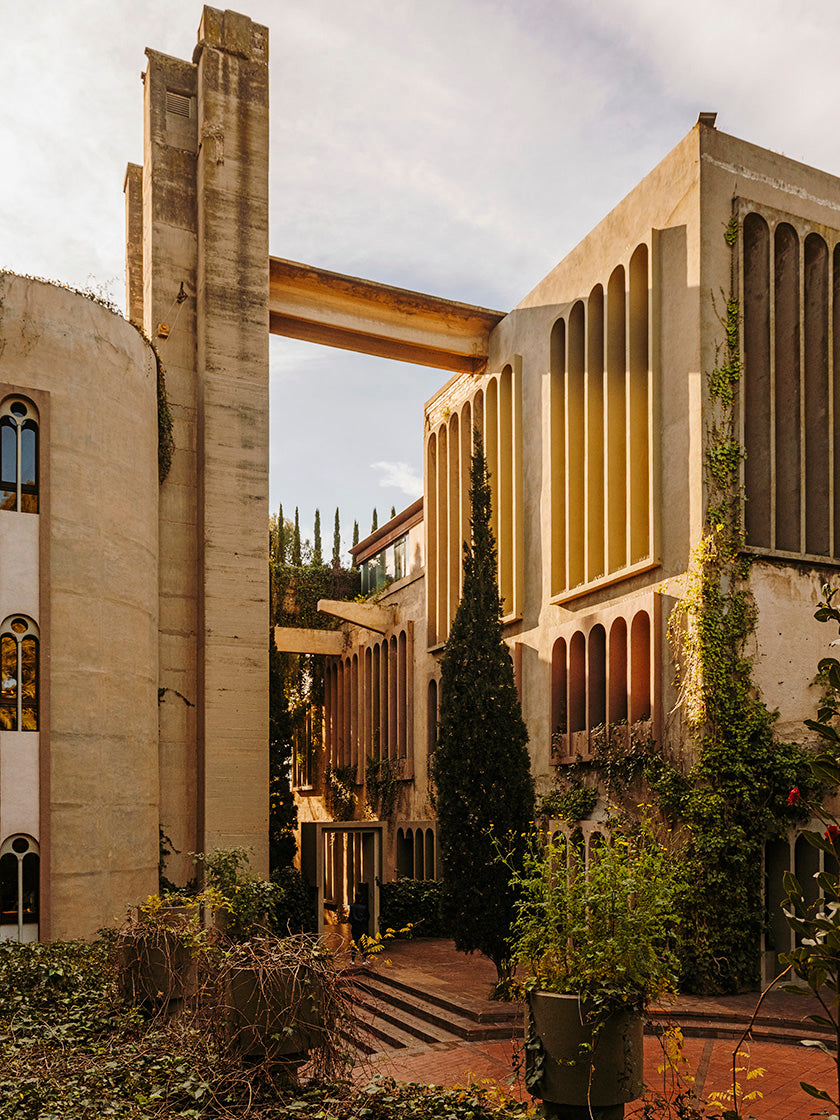
The arched windows are both functional and decorative, bringing a light touch to the previously Brutalist industrial building. (Photo: Salva López)
Born on December 5, 1939, today marks his 80th birthday and an opportunity to reflect on a legacy that includes radical ideas, an architectural philosophy geared toward community, and utopian intentions that still influence humankind today.
A pioneering transformation from a Brutalist structure to a romantic marvel—a vision of a civilization that seizes the 1960-70s air of change
Son of Emilio Bofill, a liberal Republican builder and developer, and Maria Levi, a bohemian Barcelona intellectual of the time, Ricardo Bofill’s approach to life has been shaped through his parent’s beliefs and values. His mission through architecture has been to introduce an idyllic approach to communal living that unites people, thus creating a higher sense of human purpose and integration. This is evident in many of his triumphs from Espaces d'Abraxas to Walden 7 to Muralla Roja.
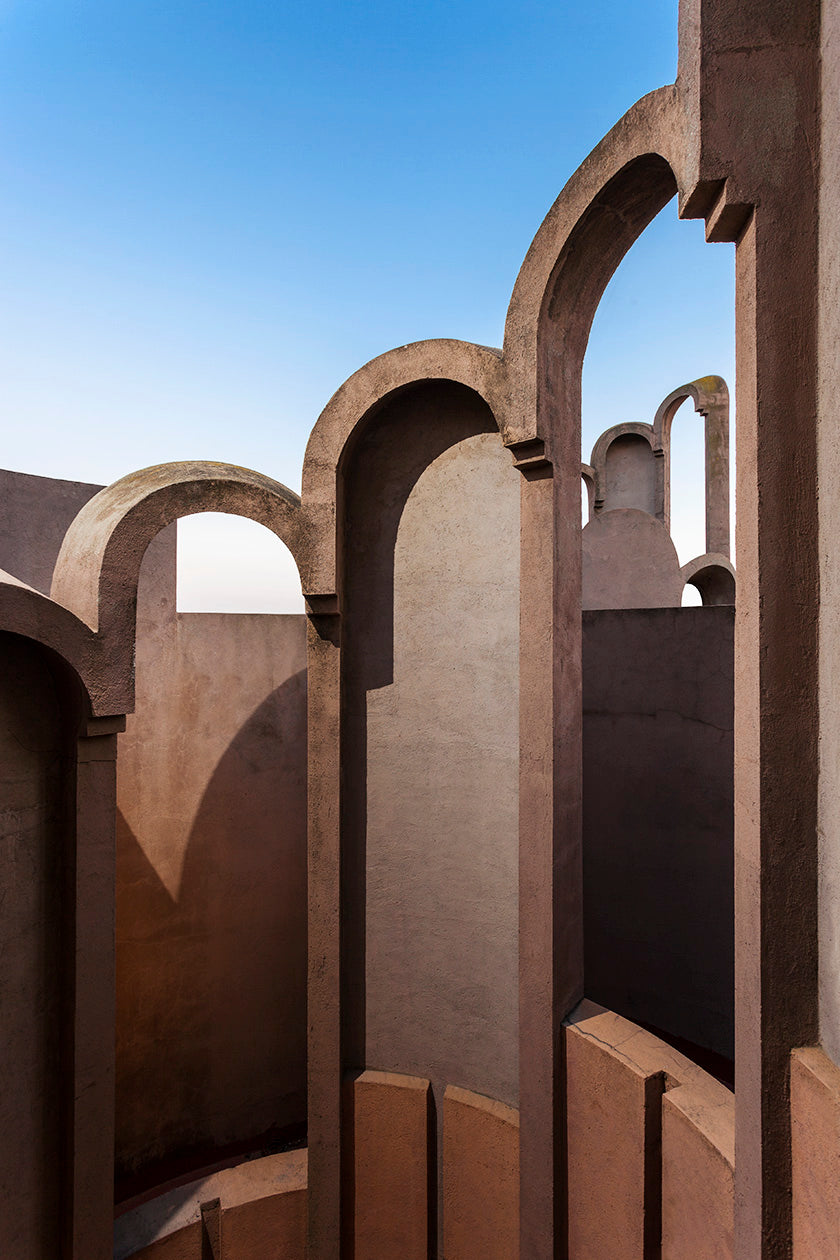
The original silos from the cement factory were transformed from functional apparatuses to decorative sculptures. (Photo: Lluis Carbonell)
While all are colossal achievements and present apostle approaches for ‘a world that could have been,’ La Fábrica is arguably an elucidate that explains Bofill, and how he sees the world, most accurately. The abandoned cement factory outside of Barcelona once symbolized Spain’s booming post-WWI industrial sector, housing the tallest chimney in the country. Today it is viewed as a pioneering transformation from a Brutalist structure to a romantic marvel—a vision of a civilization that seizes the 1960-70s air of change.
“I wanted to live there for the pleasure of the challenge,” he explains in Visions of Architecture. La Fábrica was abandoned and left for dead, a mammoth aggressive structure in the midst of an industrial wasteland. The surrounding area was bare, it stood out like a blot on the landscape. But it promised the space and possibilities Bofill longed for. “Dealing with an existing structure involves an additional dilemma, which is what to preserve and what should be demolished. Finding the balance is always the greatest challenge. A sensitive juxtaposition proves that contemporary architectural interventions can enhance a building’s historical value,” he explains.
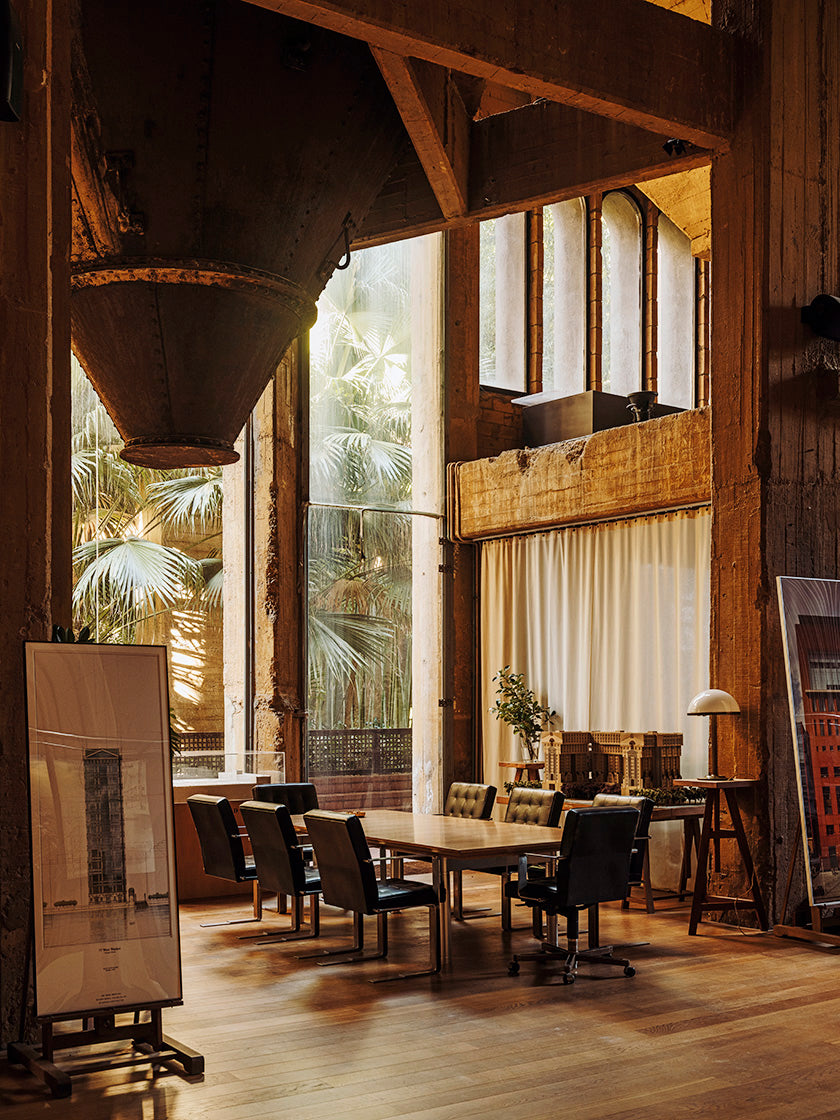
The wood-and-steel boardroom table in the colossal studio space referred to as La Catedral. A series of concrete hoppers dip into space. (Photo: Salva López)
Finding the balance was a challenge, but keeping the factory prevalent allowed the development to be undertaken relatively cheaply. La Fábrica is a wondrous milestone, but there’s an intentional tone of anti-luxury throughout, a counter-culture statement against elitism. “Architecture that is an expression of luxury really bothers me,” says Bofill.
Chimneys reach to the sky, staircases glide along the exterior and appear to vanish into nowhere, nature encroaches onto this urban ruin like a forgotten empire
To turn the mammoth 3,100 m2 area into living quarters and an architecture studio, Bofill first spent 18 months deconstructing the space. Enormous silos were found along with a tall smokestack, 2.5 miles of underground tunnels, and machine rooms in good shape. Through marrying a variation of style that includes Brutalism, Surrealism, Historicism, Postmodernism, and Art Nouveau, Bofill has, in essence, forged his definition of a modern castle.
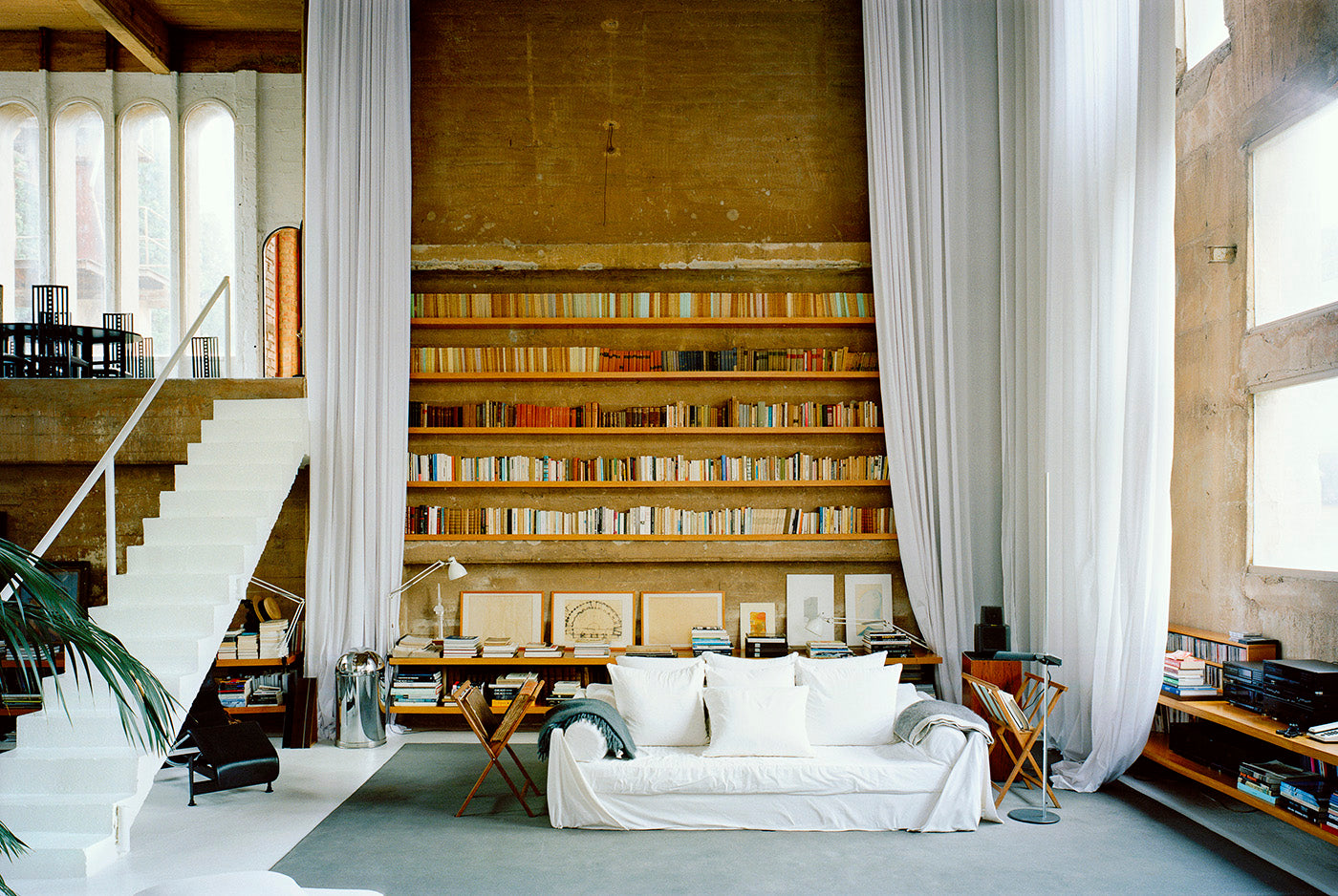
In Visions of Architecture, Bofill says, "The factory is a magic place whose strange atmosphere (can hardly) be perceived by a profane eye. I like life to be perfectly programmed here, ritualized, in total contrast with my turbulent nomad life.” (Photo: Gregori Civera)
After stripping back the reminiscence of its industrial past, the unforgiving brutal concrete facade was the next phase of redevelopment. “I wanted the vegetation to devour the building and cover it,” he explains. He wanted to be in a completely closed and withdrawn environment while in his studio, so he needed a sheet of green vegetation to efface himself inside his proclaimed asylum. The greenery also added layers of invisibility and complication to the labyrinthine structure, which he also wanted to be hidden from the public.
To the naked eye, La Fábrica appears in the landscape as a monumental conceptual anatomy of art, concrete, and palm trees whisked together in a Gothic rage. Chimneys reach to the sky, staircases glide along the exterior and appear to vanish into nowhere, nature encroaches onto this urban ruin like a forgotten empire—feelings of anxiety and fascination brace each other when you first lay eyes on his creation. Although unnerving to some, La Fábrica represents the nucleus of Bofill’s ideas. While speaking to him last year ahead of our book, he told us that his home and Barcelona has been the source of inspiration for 90% of his work.
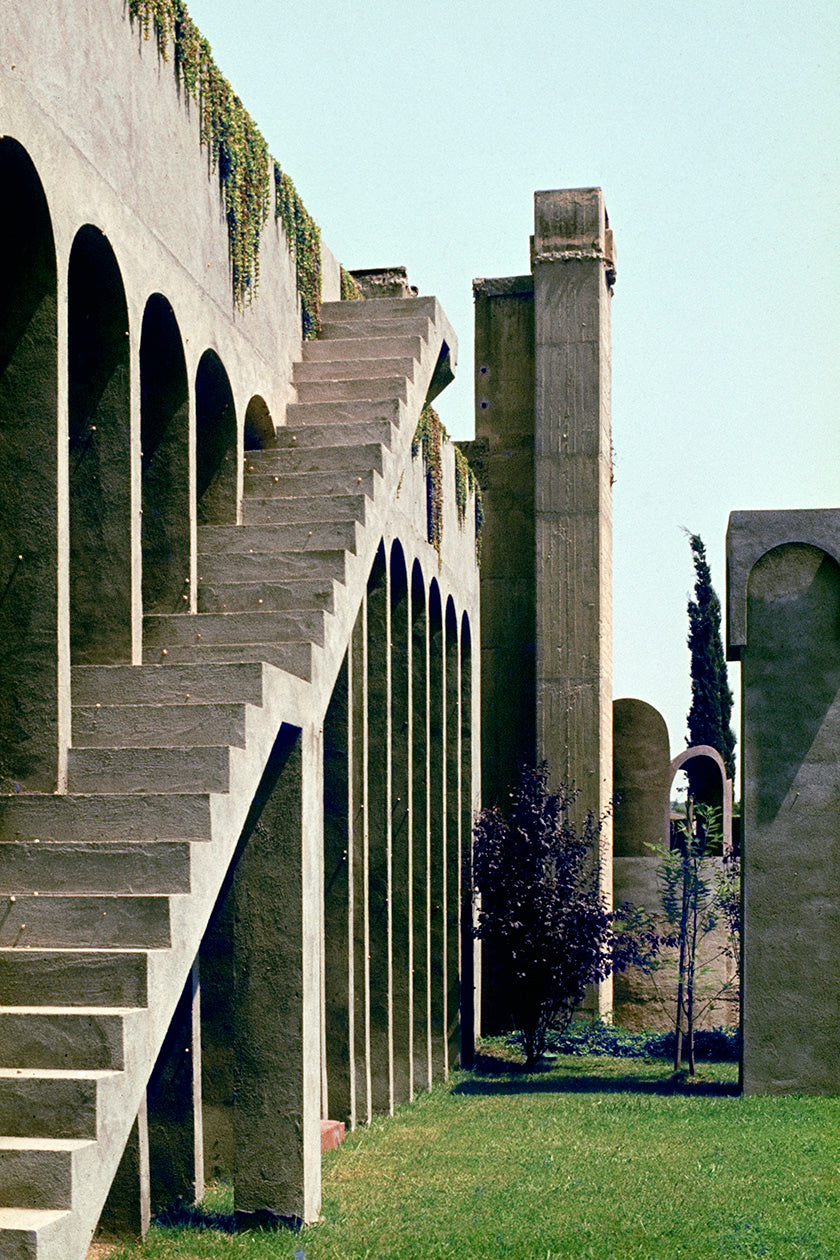
The original factory appealed to Bofill because of some surreal qualities in its architecture, including these stairs leading to nowhere. (Photo: Serena Vergano)
Grasping the significance of La Fábrica to Bofill allows one to see the influence the structure has had on projects like Arcades du Lac and the Maritxell Sanctuary. It is here, in his home and studio, that he is withdrawn from the world and fully allows himself to explore his architecture and interior visions. The beauty of this converted industrial feat has an idolized charm to design admirers, but it also acts as a muse for Bofill and his pioneering studio over the decades. Perhaps when La Fábrica is completed as a project, it will come to mark the conclusion of all Ricardo Bofill’s body of works and career.

